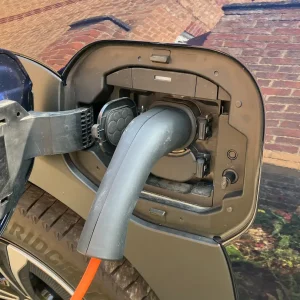
Collision avoidance is the most valued advanced driver assistance system (ADAS) fitted to company cars, according to research by Arval.
The leasing company said its Mobility Observatory Barometer fleet survey found that 35% of UK businesses valued the technology, ahead of autonomous emergency braking (30%), pedestrian detection (30%), driver fatigue warning (28%) and lane departure warning (27%), adaptive cruise control (21%), and automatic parking (19%).
Head of the Arval Mobility Observatory in the UK Shaun Sadlier said: “In 2023, a raft of ADAS systems became compulsory across the EU and so have become standard fitment on cars in the UK too, meaning that fleet experience of this technology is increasing.
“In the light of this, it’s interesting that the top answer in our research – collision avoidance systems – is not one of these standard fitments and remains the preserve of more upmarket models. It appears that fleet managers would like to see it offered much more widely and believe that the technology has very real value.
“The other top choices all reflect a similar desire to stop drivers being involved in accidents that result from a lack of attention and cause impacts – automatic emergency braking, pedestrian detection, driver fatigue warning and lane departure warning. Those that are more based around convenience – cruise control and automatic parking – are at the bottom of the list.”
Sadlier said it was clear that the number one outcome fleets wanted from ADAS was to help drivers maintain concentration, and to automatically attempt to stop collisions.
He said that fleets were also coming to realise that drivers needed to be taught how to use different types of ADAS and integrate them into their driving style to maximise their effectiveness.
He said: “When ADAS first started appearing, there was a tendency to view them as definite solutions to driving problems but there is a growing awareness that these are tools that have value only if drivers are shown how to make the most of them.
“A good analogy is reversing sensors. Almost all cars now have reversing sensors but people still back into walls sometimes.
“In the same way, ADAS have real value, but only if they are set up correctly and the driver uses them effectively.”





